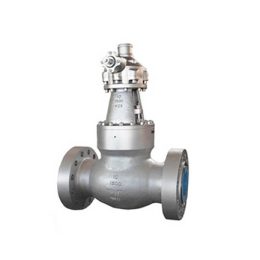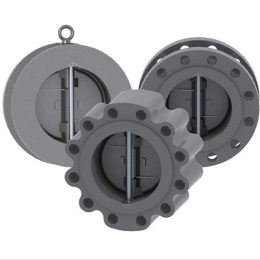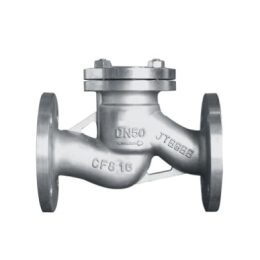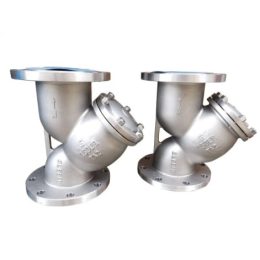How to distinguish the structure of the ball valve
Introduction
Ball valves are a type of valve that uses a ball to control flow. They are widely used in a variety of industries due to their durability, ease of use, and ability to quickly stop or start fluid flow. There are different types of ball valves, and understanding their structures is important in selecting the right valve for the job. This article will discuss the three types of ball valves and provide some tips on how to install them correctly.
Floating ball valve
In a floating ball valve, the ball moves freely and is not fixed to the stem. The ball is pushed against the downstream seat by the fluid pressure, creating a seal. This type of ball valve is simple, economical, and has good sealing performance. However, the load of the sphere bearing the working medium is all transmitted to the outlet sealing ring, so it is crucial to ensure that the sealing ring material can withstand the working load of the medium. Floating ball valves are commonly used in medium and low pressure applications.
Fixed ball valve
In a fixed ball valve, the ball is fixed to the stem and does not move when pressed. The valve seat is floating and moves when receiving the pressure of the medium, ensuring a tight seal. Bearings are installed on the upper and lower shafts of the sphere, which reduces the operating torque and makes it suitable for high pressure and large diameter valves. An oil-sealed ball valve is a type of fixed ball valve that injects a special lubricating oil between the sealing surfaces to enhance the sealing performance and reduce the operating torque, making it more suitable for high-pressure and large-caliber ball valves.
Elastic ball valve
The elastic ball valve has a metal ball and valve seat sealing ring, both of which have high sealing specific pressure. The pressure of the medium itself is not enough to meet the sealing requirements, so an external force must be applied. This type of valve is suitable for high temperature and high pressure applications. The elastic sphere is made by opening an elastic groove on the lower end of the inner wall of the sphere to obtain elasticity. During closing, the wedge-shaped head of the valve stem expands the ball and presses the valve seat to seal. When rotating the ball, the wedge-shaped head is loosened, and the ball returns to its original shape, creating a small gap between the ball and the valve seat to reduce the friction of the sealing surface and the operating torque.
Precautions for installation of ball valve
- The installation position, height, and direction of the inlet and outlet must meet the design requirements.
- All manual valves installed on thermal insulation pipelines must not handle downwards.
- The valve should be visually inspected before installation, and the nameplate should comply with the current national standard “General Valve Marking” GB 12220. For valves with a working pressure greater than 1.0 MPa and a cut-off effect on the main pipe, the strength and tightness performance test should be carried out before installation, and the valve can be used only after it is qualified.
- Install a gasket between the valve flange and the pipeline flange according to the pipeline design requirements.
- Ball valves with a drive mechanism should be installed according to the product manual.
Conclusion
In conclusion, ball valves are versatile and widely used in different industries. Understanding the different types of ball valves and their structures is important in selecting the right valve for the job. Proper installation of ball valves is also crucial to ensure their optimal performance. By following the precautions outlined in this article, you can ensure that your ball valves are installed correctly and perform as expected.



